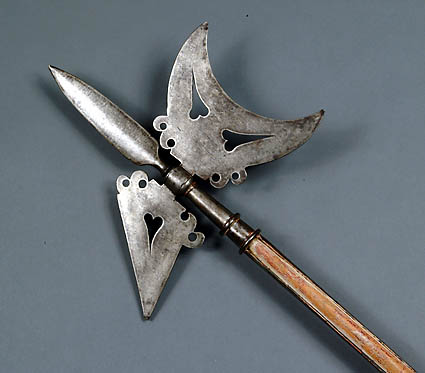Was at Dunster castle earlier this week. A presentation discussed various military units during the civil war while the castle was under siege.
One particular unit the presenter took much delight in describing were the men who stood behind the pikemen. Instead of a 16ft long pike, they had a similar pike, which was only about 6ft long. They were there solely to finish off riders launched off horses (stopped by the pikemen) and any cavalry who got through.
Any idea whay these units were called? I'll swear it begins with a b?
One particular unit the presenter took much delight in describing were the men who stood behind the pikemen. Instead of a 16ft long pike, they had a similar pike, which was only about 6ft long. They were there solely to finish off riders launched off horses (stopped by the pikemen) and any cavalry who got through.
Any idea whay these units were called? I'll swear it begins with a b?




